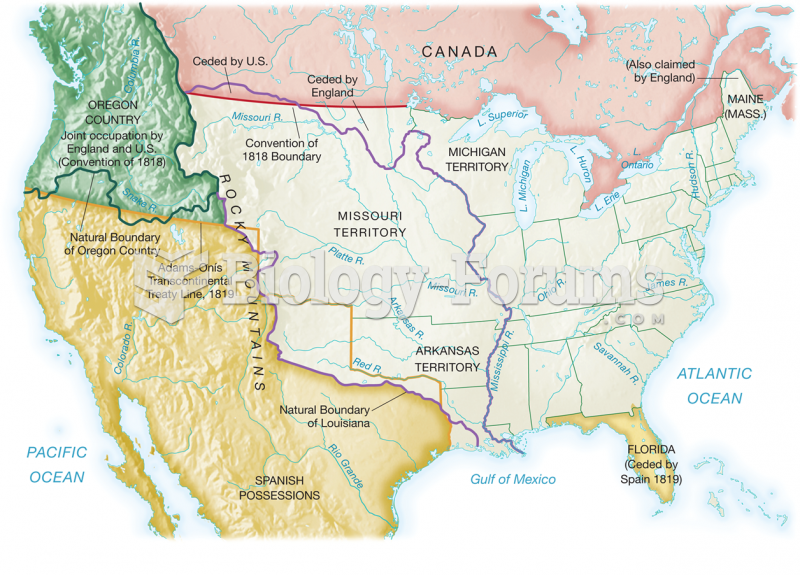Answer to Question 1
The terms Latino (for males), Latina (for females), and Hispanic are used interchangeably to refer to people who trace their origins to Spanish-speaking Latin America and the Iberian peninsula. Mexican Americans are the largest segment (approximately two-thirds) of the Latino/a population in the United States. Immigration from Mexico is the primary vehicle by which the Mexican American population grew in this country. Initially, Mexican-origin workers came to work in agriculture, where they were viewed as a readily available cheap and seasoned labor force. Many initially entered the United States as undocumented workers (illegal aliens); however, they were more vulnerable to deportation than other illegal immigrants because of their visibility and the proximity of their country of origin. When Puerto Rico became a possession of the United States in 1917, Puerto Ricans acquired U.S. citizenship and the right to move freely to and from the mainland. In the 1950s, many migrated to the mainland when the Puerto Rican sugar industry collapsed, settling primarily in New York and New Jersey.
Life has been difficult for the many living in poverty in Spanish Harlem and other barrios. Cuban Americans live primarily in the Southeast, especially Florida. As a group, they have fared somewhat better than other Latino/as because many Cuban immigrants were affluent professionals and businesspeople who fled Cuba after Fidel Castro's 1959 Marxist revolution. The second wave of Cuban Americans, arriving in the 1970s, has fared worse.
Many had been released from prisons and mental hospitals in Cuba, and their arrival fueled an upsurge in prejudice against all Cuban Americans. The more-recent arrivals have developed their own ethnic and economic enclaves in Miami's Little Havana, and many of the earlier immigrants have become mainstream professionals and entrepreneurs.
Answer to Question 2
b
 This fisherwoman from Kerry, one of the poorest counties in Ireland, may have been one of the many t
This fisherwoman from Kerry, one of the poorest counties in Ireland, may have been one of the many t
 The mortality rate in the United States increases with age and is lower for women than men at every ...
The mortality rate in the United States increases with age and is lower for women than men at every ...





